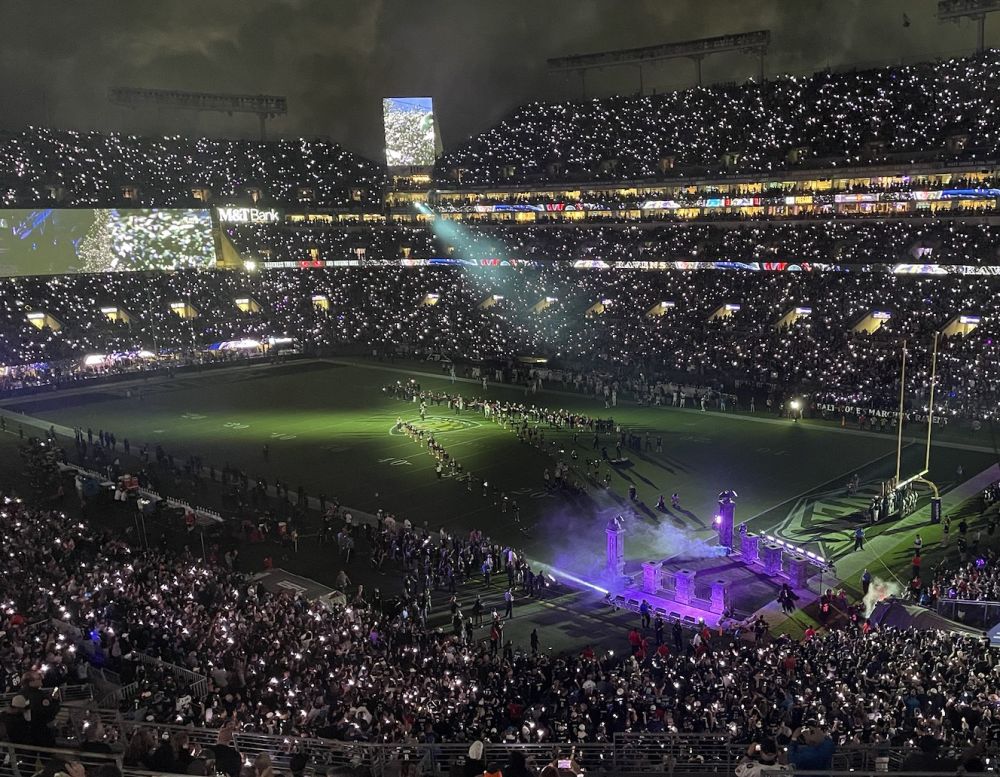Dylan Bundy was once the consensus best pitching prospect in baseball and considered a centerpiece of the Orioles’ bright future.
Making his major league debut two months shy of his 20th birthday seven years ago, Bundy was thought to be the future ace of a Baltimore club that was about to make its first postseason appearance in 15 years and entering a competitive window that would bring two more trips to the playoffs in a five-year period. On Wednesday, the 27-year-old with a career 4.76 ERA, diminishing velocity, and a longer history of injuries than successes was traded to the Los Angeles Angels for four minor-league pitchers.
With general manager Mike Elias clearly in the midst of an offseason teardown after a mostly status quo 2019 used to evaluate every aspect of the organization, Bundy was always on borrowed time with the Orioles. The trade hardly falls into the same category of a full-blown salary dump like Monday’s Jonathan Villar deal — which was a tough pill to swallow for anyone searching for any redeeming entertainment value in the 2020 Orioles — but a league-average starter projected to fetch upwards of $5 million in arbitration and with two years of remaining club control was an asset that could be used to at least improve the baseline of pitching depth in the organization. Of course, we all knew Bundy and Villar weren’t going to be part of the Orioles’ next contending club — whenever that might be.
Right-handers Kyle Bradish, Isaac Mattson, Kyle Brnovich, and Zach Peek are unlikely to land on any top 100 prospect lists anytime soon, but the marked strides made in the minors under the guidance of director of pitching Chris Holt last year offer hope that Elias and the organization see potential and value in these four pitchers, especially with Peek and Brnovich having just been drafted in the sixth and eighth round respectively last June. The same logic can apply to left-hander Easton Lucas, who was viewed as little more than a token piece from Miami in the Villar deal.
But there are no sure things other than the organization now having cut roughly $15 million in projected payroll for 2020. Those savings will be championed by optimists as fruitful during a rebuild, but we have no way of knowing whether those resources will go back into baseball operations in some form or simply into ownership’s pockets, the latter possibility painting the more cynical picture of clubs “tanking” in today’s game while still charging major-league prices.
In Villar’s case, there appeared to be little downside to keeping a productive player on a club that had already lost 108 games last year and slashed its Opening Day payroll in half from 2017 to 2019. No viable infield prospect is knocking at the major-league door either, but he was deemed too expensive to play on a last-place club.
Bundy clearly brought a more valuable return, but a major league club that struggled mightily last year just to field a functional pitching staff — one that avoids the need for position players to pitch in the late innings if nothing else — will now be tasked with filling an additional 30 starts and 160 innings. Perhaps utility man Stevie Wilkerson should be on a throwing progression this spring.
Yes, the thought of the Orioles being even worse in 2020 after a combined 223 losses the last two seasons is difficult to stomach if you’re still trying to watch on a semi-nightly basis, but Elias has never shied away from the organization’s “strategic objectives” being solely about the future. That’s why you wonder if trades of Mychal Givens and, yes, possibly Trey Mancini could be right around the corner.
The short-term pain — alright, let’s call it medium-term if we’re being realistic — is intended to reap long-term success. As Elias said in a conference call Wednesday evening, the goal isn’t to field a more competitive team in 2020 but to field a sustainable playoff contender at Camden Yards in the future. None of this is surprising or even the wrong strategy, but that doesn’t make the current state easy or enjoyable in what’s ultimately an entertainment business.
And it isn’t necessarily destined to work in the same way it did for the Houston Astros or the Chicago Cubs.
In the same way Orioles supporters are now daydreaming about better days with Adley Rutschman, Ryan Mountcastle, Grayson Rodriguez, and DL Hall, Bundy was once the future. But instead of being a difference-maker for a 2014 club that ended up falling four wins shy of an American League pennant or becoming a young ace for a contender, he never realized that once-great potential because of injuries and became only a serviceable major league starter once the Orioles’ competitive window was already closing.
Bundy’s departure is both a reminder of those better days for the Orioles and his own unfulfilled promise.
That same kind of hope is all Orioles fans have right now. With no guarantees of a reward down the line.


























